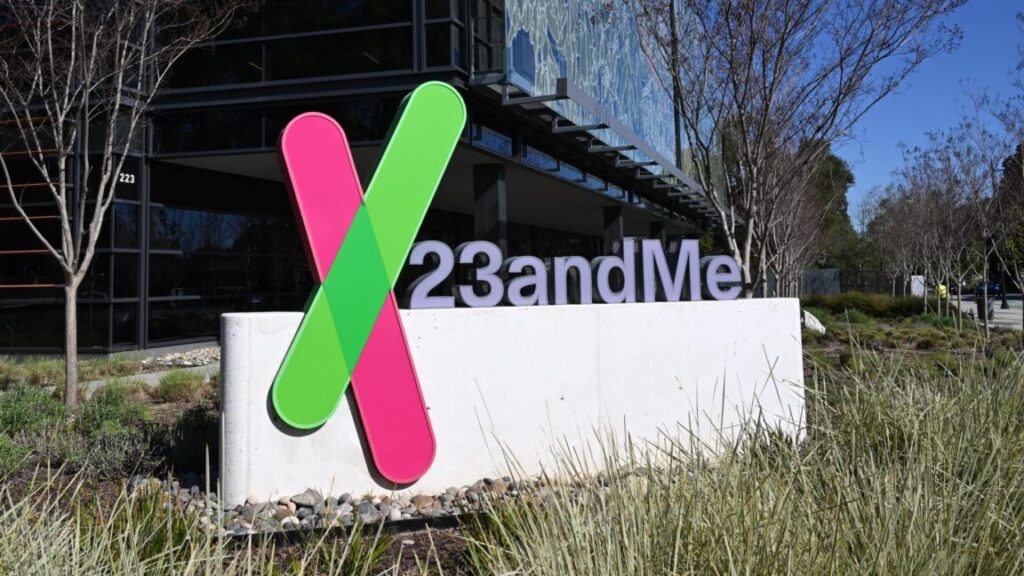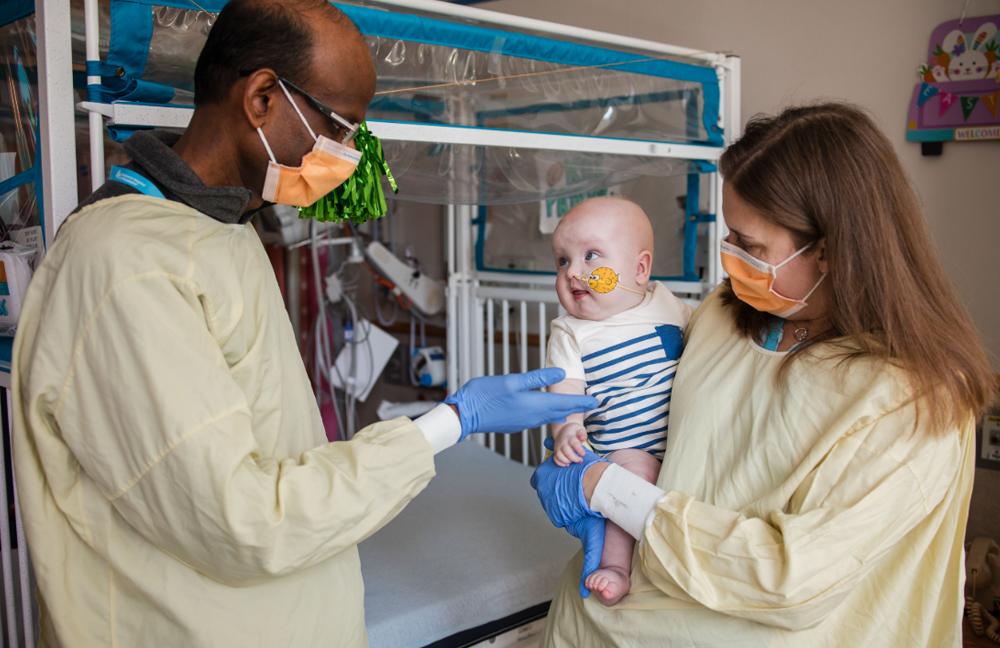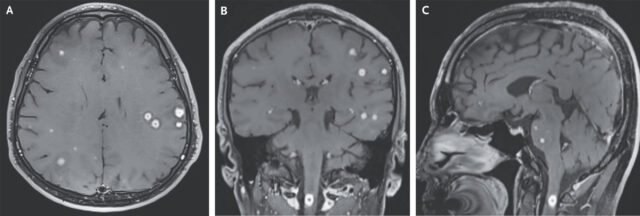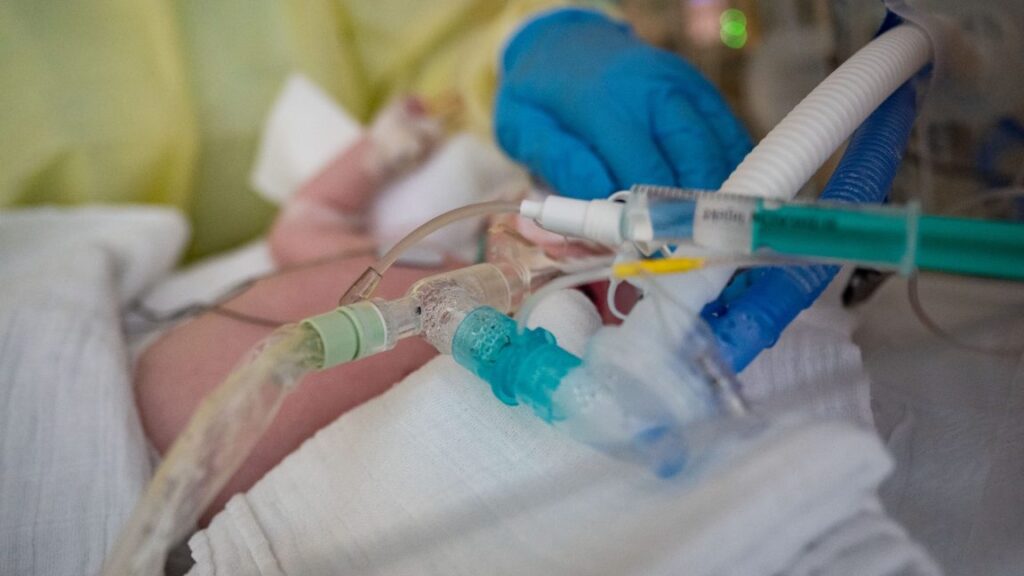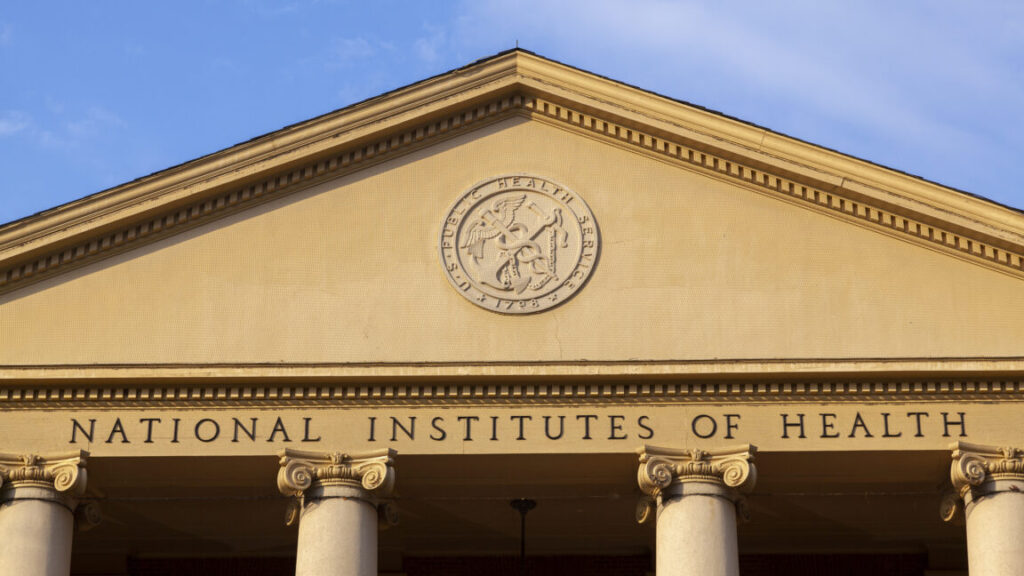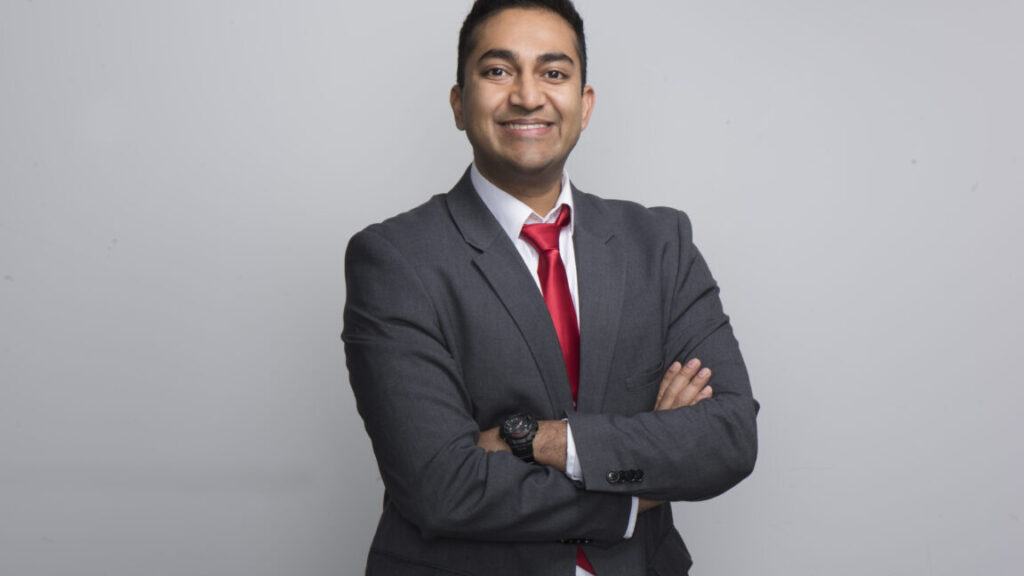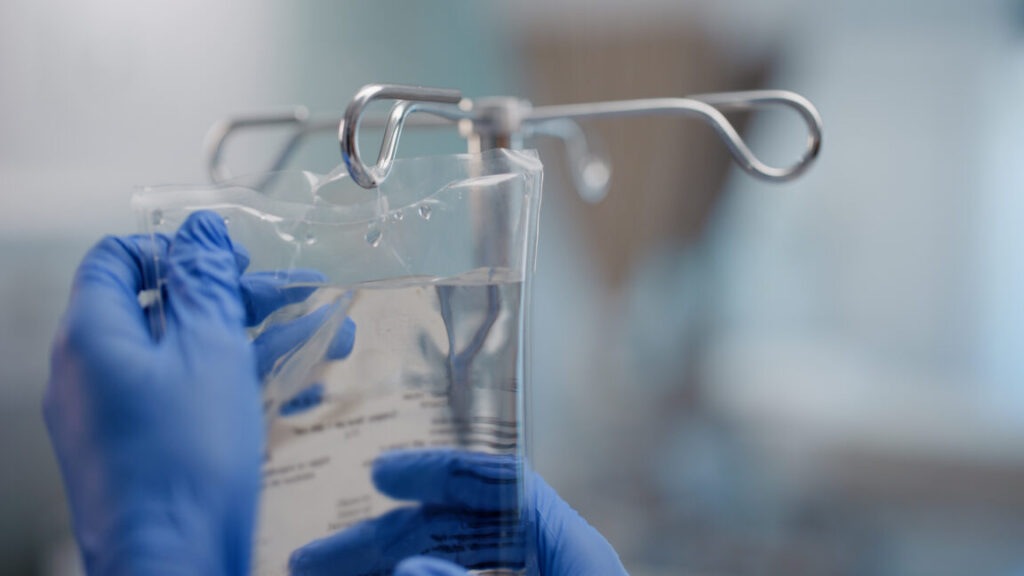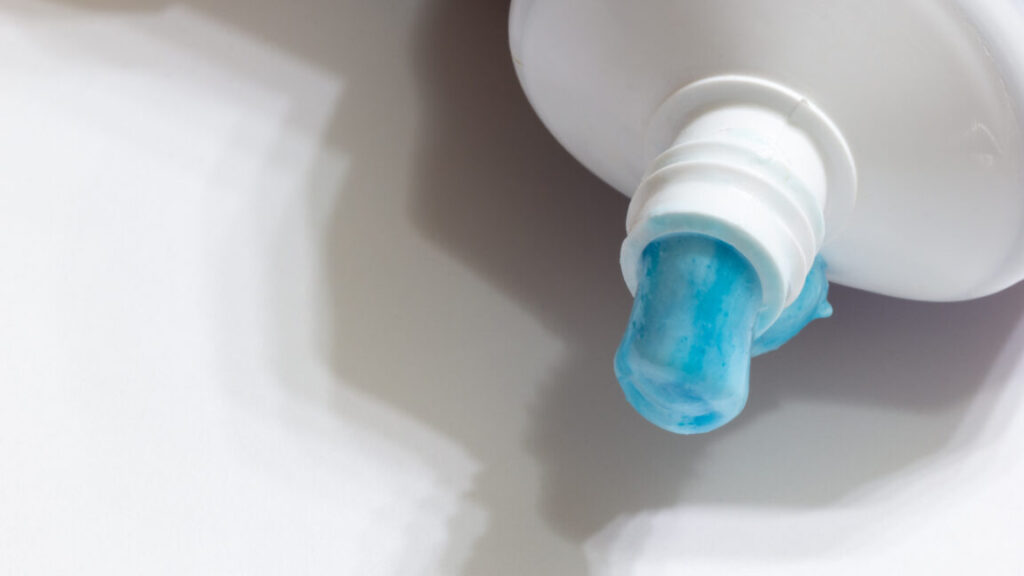Biotech company Regeneron to buy bankrupt 23andMe for $256M
Biotechnology company Regeneron will acquire 23andMe out of bankruptcy for $256 million, with a plan to keep the DNA-testing company running without interruption and uphold its privacy-protection promises.
In its announcement of the acquisition, Regeneron assured 23andMe’s 15 million customers that their data—including genetic and health information, genealogy, and other sensitive personal information—would be safe and in good hands. Regeneron aims to use the large trove of genetic data to further its own work using genetics to develop medical advances—something 23andMe tried and failed to do.
“As a world leader in human genetics, Regeneron Genetics Center is committed to and has a proven track record of safeguarding the genetic data of people across the globe, and, with their consent, using this data to pursue discoveries that benefit science and society,” Aris Baras, senior vice president and head of the Regeneron Genetics Center, said in a statement. “We assure 23andMe customers that we are committed to protecting the 23andMe dataset with our high standards of data privacy, security, and ethical oversight and will advance its full potential to improve human health.”
Baras said that Regeneron’s Genetic Center already has its own genetic dataset from nearly 3 million people.
The safety of 23andMe’s dataset has drawn considerable concern among consumers, lawmakers, and regulators amid the company’s downfall. For instance, in March, California Attorney General Rob Bonta made the unusual move to urge Californians to delete their genetic data amid 23andMe’s financial distress. Federal Trade Commission Chairman Andrew Ferguson also weighed in, making clear in a March letter that “any purchaser should expressly agree to be bound by and adhere to the terms of 23andMe’s privacy policies and applicable law.”
Biotech company Regeneron to buy bankrupt 23andMe for $256M Read More »
